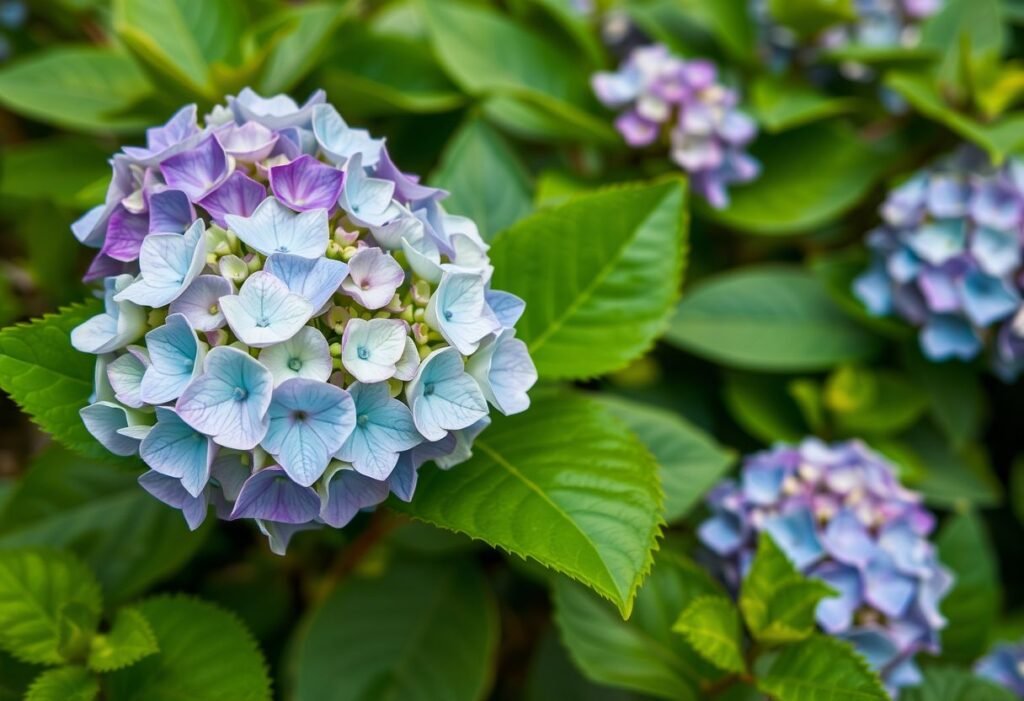The Importance of Transplanting Hydrangeas
Transplanting is not just about changing location; it’s an opportunity to improve the growing conditions for the plant. Sometimes, hydrangeas will outgrow their current spot, causing their roots to feel cramped. Transplanting can boost their health and allow further growth. Once the flowers settle into a new location, you can experience their magnificent, lush blooms.
Optimal Timing for Transplanting
The best time to transplant hydrangeas is early spring or late summer. In early spring, the plant has plenty of time to establish roots before the summer heat. On the other hand, transplanting in late summer lets you enjoy their beauty for the remainder of the season while giving them time to adapt before winter sets in.
Essential Conditions for Successful Transplanting
To ensure a successful transplant, pay attention to several key factors. First, you need to consider the soil, which should be well-draining but also rich in nutrients. Experts suggest that ideal soil should have a pH level between 5.5 and 6.5. Additionally, you should choose the right location — hydrangeas adore sunlight but need some shade during scorching afternoons.
Preparing for the Transplant
Before you dive into transplanting hydrangeas, it’s crucial to prepare the plant and its new spot. Start by watering the plant a few days before the intended transplant. This makes it easier to remove the roots from the ground. Next, select a new spot that offers ample space for growth. Preparation is key to a successful transplanting event!
Step-by-step Transplanting Guide
Transplanting hydrangeas isn’t a complicated process. However, it’s essential to follow certain steps to ensure everything goes smoothly. Start by digging out the plant, taking care not to damage the roots. Then prepare the new location — this could be a pot or a new garden bed. After placing the plant in its new spot, make sure to water and fertilize it to help acclimate.
Avoiding Common Pitfalls During Transplanting
There are several pitfalls to avoid when transplanting. First, don’t transplant during extreme temperatures — neither in scorching heat nor during frost. Also, never move the plant while it’s in bloom, as this can weaken it and reduce its flowers in the following season. Adhering to these guidelines will ensure the best results.
Conclusion
Transplanting hydrangeas is a simple but crucial process that can be done with a bit of care and attention. Remember to tackle this at the right time and under appropriate conditions, and you will be rewarded with stunning flowers that will adorn your garden for years. Don’t wait any longer! Take the step toward beautiful greenery in your outdoor space and watch your hydrangeas bloom in all their glory.
Disclaimer
This article is for informational purposes only and does not substitute for professional gardening advice.

















